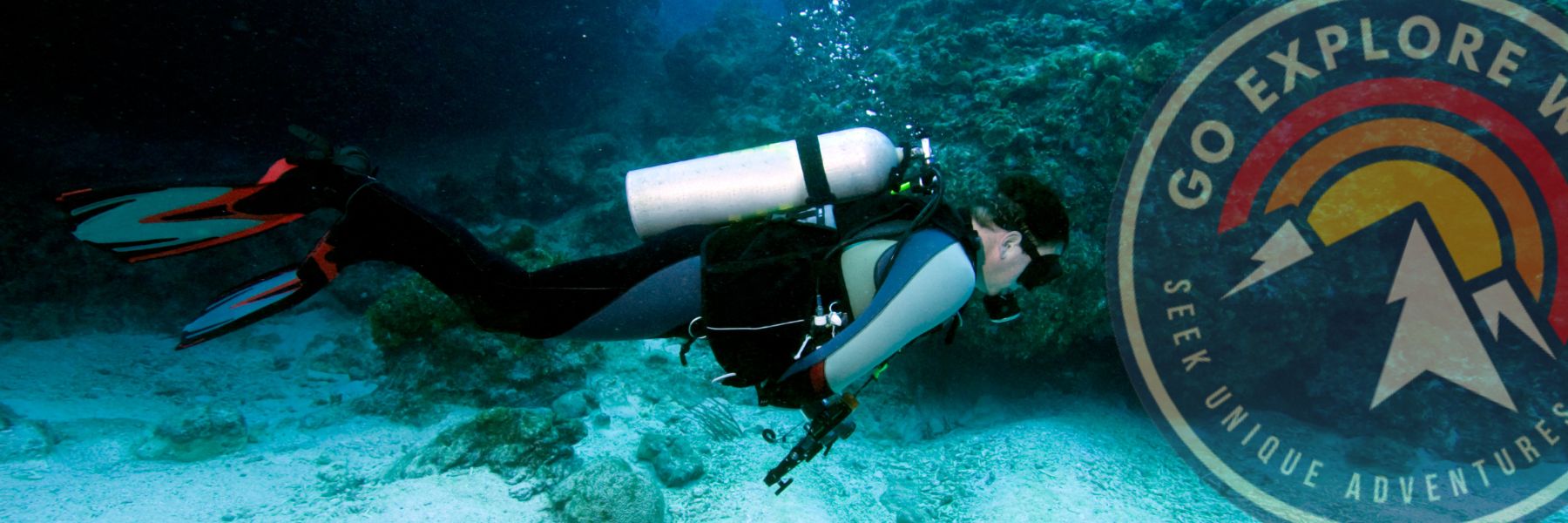Contents
You may have seen the Costa Rica flag flying somewhere between the palm tree and the roadside ceviche snack shack. Red, white, and blue—how patriotic. This flag is different from other flags that seem a bit haphazard—stripes of colors across a field—this one carries meaning.
The flag of Costa Rica has an origin. And like most origins here that are nice, it’s somewhat dramatic with a loving and passionate appeal to freedom, peace, and pura vida.
The Costa Rica Flag – Let’s Talk Colors
At first glance, the Costa Rica flag looks simple: five stripes. But the color scheme is doing way more than just looking sharp on a soccer jersey.
- Blue? That’s for the sky, the oceans, and the dreams Costa Ricans chase (and yeah, they dream big).
- White stands for peace, happiness, and that chill vibe you feel the minute you land here.
- Red brings the fire — passion, love for life, and the sacrifice made for independence.
The red stripe’s thicker, like it’s the heart pumping through the flag. Honestly, once you know this, it’s hard not to feel a little something when you see it waving.

Flag of Pura Vida – Two Versions
Here’s a fun fact most tourists miss: there are two versions of the Costa Rica flag.
Well, one and one version. The simplified one with just the stripes is the standard, civilian version. The more embellished flag with the coat of arms slapped onto the red stripe by the pole is the government flag, the national events get this flag and the president uses this one if he wants to be more of a president.
That Coat of Arms? It’s Basically a Tiny Costa Rica
If you take a closer look at the full Costa Rica flag, the one with the crest, there’s a whole world in there:
- Volcanoes (because duh, we’ve got those everywhere)
- A green valley
- Two oceans with ships sailing across
- A rising sun
- And seven stars — one for each province, like a constellation of pura vida
It’s not subtle. But neither is Costa Rica, and we like it that way.
A Bit of Flag History (Stick with Me, It’s Worth It)
For instance, Costa Rica changed its flag several times during the nineteenth century—colonial ties, shifting allegiances—as it created itself. But in 1848 it settled on the current variation that reflects the French Revolution. La liberté, l’égalité, la fraternité—and probably, gallo pinto for breakfast.
Ultimately, such a change was more than just a new palette. It stood for who they were nationally. A flag went up to proclaim to the world, “We are this now.”
Why the Costa Rica Flag Just Works
Maybe it’s the colors, maybe it’s the meaning. Or maybe it’s because it pops against a jungle backdrop like no other. But the Costa Rica flag just fits. You see it at parades, on school uniforms, on surfboards, tattooed on shoulders (seriously), and hanging proudly from Tico homes.
It’s a flag that feels alive — not just official.
Before You Go… Grab our Free Ebook!
If you’re the kind of traveler who likes to dig deeper and go beyond the obvious, you should check out our free eBook – “10 Hidden Gems in Costa Rica You’ve Never Heard Of.”
It’s packed with spots where the flag might be the only familiar thing — tiny towns, secret waterfalls, wild beaches.
And yes, we’ve included tips on where to catch a real flag-raising moment with locals (spoiler: it involves schoolkids singing the anthem — goosebumps guaranteed).






